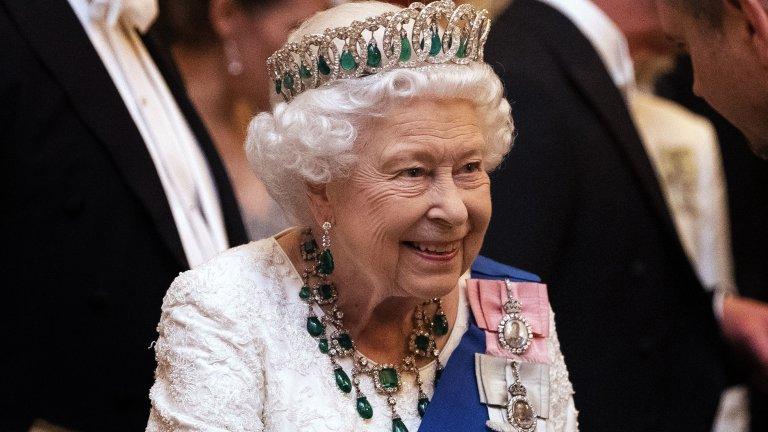Just days ago, Britain’s Queen Elizabeth II celebrated the 70th anniversary of her accession to the throne on her platinum anniversary. This makes her the longest living monarch in the world.
But not in history at all. Seven decades is indeed a long time, but there are rulers who have ruled much longer than her. Not many, but they are impressive.
Elizabeth herself ranks “barely” fourth on a similar list, and she has time ahead of her, despite her advanced age of 95.
Here are the longest reigning monarchs in history, apart from Elizabeth II.
Sobhuza II
In December 1899, the 23-year-old ruler of the African state of Swaziland (now Esvatini) died, which means that the heir to the throne is 4-month-old Sobhuza, who will remain at the helm until his death in 1982 – or exactly 82 years .
However, his place here can be considered controversial, as most of the time Swaziland is a protectorate of the British Empire, which means that Sobshuza himself is not sovereign in its territory, and such is considered the monarch of London. However, for the people of the small African country, their ruler has always been so, simply because most of them hardly knew who King George VI or his brother Edward was.
Moreover, Sobhuza bore the title literally “lion” and until independence in 1968 was considered by his people to be a symbol in the anti-colonial struggle.
Louis XIV
The Sun King ascended the throne at the age of four and ruled for 72 years in one of the most glamorous periods in France. He led three major wars that helped the country rise to the status of a leading European state and builds on the efforts of the powerful Cardinal Richelieu before him in the process of centralizing power, abolishing feudalism and building the French nation.
Louis himself was assisted in his youth by strong personalities such as Prime Minister Giulio Mazarini and his mother, Queen Anne of Austria.
He is a supporter of the monarch’s theory of divine law, according to which royal power has a divine origin and is independent of all secular restrictions. Louis XIV is considered one of the personifications of European absolutism.
Phumiphon Adunyadet
Or, to put it simply, King Rama IX, who ruled Thailand for 70 years and 126 days, until his death in 2016. During all this time, he was widely revered by his people despite instability in the country, communist riots, coups and mass protests.
He is certainly one of the richest monarchs in our time, and in 2010 his fortune was estimated at about $ 30 billion.
John II
The Prince of Liechtenstein ruled for 70 years and 91 days until 1929, making him the second longest reigning monarch in Europe. He remains known as the patron saint of the arts and sciences, but unlike many other rulers, he is definitely not very social and never marries.
He left no heirs, so his brother Franz had to sit on the throne after his death.
Kinich Jamal Pakal
Hell the Great, also known as the Sun Shield, is the longest-ruling ruler for 1,000 years. He ruled the Mayan city-state of Palenque in present-day Mexico for 68 years to 683.
During all this time, Pacal expanded the cultural and political influence of his country and initiated many infrastructure projects that remain as some of the best examples of art and architecture of the Mayan civilization.
Franz Joseph I
Emperor of Austria, King of Hungary, Bohemia, Croatia, Galicia and Lodomeria. Grand Duke of Krakow.
These are just some of the titles of the man who ascended the throne in 1848 in the year of the Spring of Nations, lived to see the murder of his brother, which led to the beginning of World War I and died two years before its end, which seals and the end of the Austro-Hungarian Empire.
He has the misfortune to lead a huge, multinational country with a population of 50 million, which has been in slow disintegration for decades.
As a reactionary, Franz Joseph opposed the aspirations of many of his subjects for national self-determination and led his country in the lost wars that led to the creation of the modern states of Italy and Germany.
Photo: Queen Elizabeth II, who is “barely” fourth












